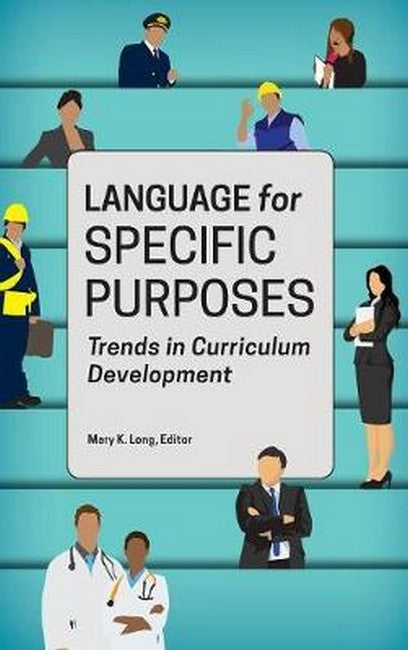Introduction: LSP and the Creation of Translingual and Transcultural CompetenceMary K. Long1. New Directions in LSP Research in US Higher EducationLourdes Sanches-Lopez, Mary K. Long, and Barbara A. Lafford Part I. New Direction in LSP Curriculum Development2. Developing and Implementing LSP Curricula at the K-12 LevelMary Risner, Melissa Swarr, Cristin Bleess, and Janet Graham3. Preparing Students for the Workplace: Heritage Learners' Experiences in Professional Community InternshipsCarmen King de Ramirez4. Developing Intercultural Competence and Leadership through LSP CurriculaLeAnn derby, Jean W. LeLoup, James Rasmussen, and Ismenia Sales de Souza5. Developing a More Efficient Conversation Paradigm for Learning Foreign Languages: Lessons on Asking and Answering Questions in an LSP ContextRobert A. Quinn6. Integrating Project-Based Learning into English for Specific-Purposes Classrooms: A Case Study of EngineeringTatiana Nekrasova-Beker and Anthony BeckerPart II. Rethinking Instructor Roles7. The Instructor's and Learner's Roles in Learning Arabic for Specific PurposesEl-Hussein Aly8. LSP Educators as Informal Career CounselorsAnnie AbbottPart III. Exploring Workplace Realities9. Court Interpretation of an Indigenous Language: The Experiences of an Unexpected LSP ParticipantMary Jill Brody10. Senor Google and Spanish Workplace Information Practices: Information Literacy in a Multilingual WorldAlison Hicks Conclusion: LSP Studies and the Future of Higher EducationMary K. LongList of ContributorsIndex

